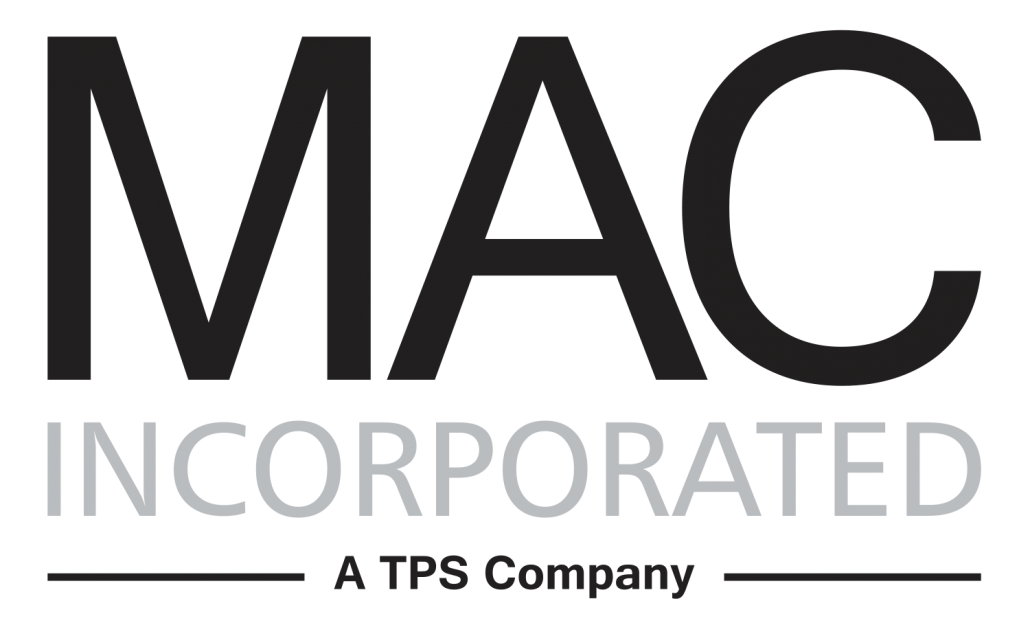OSHA Update: Safeguarding
Every industry has safety and occupation standards set by local, state, and federal entities. The Occupational Safety and Health Administration (OSHA) is in place to set a uniform code for safety in work environments. Part of this code includes protecting workers from horrifying machinery related injuries—crushed hands, severed fingers, blindness, etc.—by implementing regulations for safeguarding machines. It’s important to know what the OSHA standards are, as well as how to abide by them in order to protect workers from injury.
OSHA Definition
Per the OSHA code, the purpose of machine guarding is to “protect the machine operator and other employees in the work area from hazards created by ingoing nip points, rotating party, flying chips and sparks.”
Requirements:
- Guards have to be affixed to the machine where possible and secured elsewhere if attachment to the machine is not possible. It must be fixed in a way in which is does not become an accident hazard itself.
- The point of operation, the area on the machine where work is actually performed, must be guarded in a way to permit easily handling of the material being worked on without the operator having any part of his body in the danger zone.
- Revolving drums and containers must be guarded by an enclosure which is interlocked with a drive mechanism.
Leading Causes of Machine Accidents
The reason it’s crucial that machines be safeguarded is over 18,000 workers annually are injured by machines. The leading causes of these machine injuries are:
- Reaching in to clear a jam in equipment
- Not using proper Lockout/Tagout procedures
- Performing unauthorized maintenance on the machines
- Missing or loose machine guards
Proper Methods of Safeguarding.
There are different types of safeguards that should be used based on the type of machine you’re using. Here are a few that you’ll probably see most commonly in your organization.
- Fixed Guard: a fixed card provides a barrier between the operator and the dangerous part of the machine. It’s a permanent attachment and is the preferred type of guard.
- Interlocked Guard: an interlock guard uses electrical or mechanical power that shuts the power to the machine off when the guard is opened or removed. The machine cannot by started until the guard is locked back in place. These are most commonly seen on revolving drums.
- Adjustable Guard: adjustable guards allow flexibility in accommodating various sizes of material. They provide a barrier that can be adjusted based on the size of the material the operator is using. There are most commonly seen on band saws.
- Pullback Device: a pullback device uses a series of cables that are attached to the operator’s hands or wrists. The machine will only work when the hands are away from the point of operation.
- Safety Tripwire Cables: a cable is located around the perimeter of a danger area, where the operator can reach the cable to stop the machine.
The bottom line is that where the operation of a machine has a potential to harm the machine operator or other workers, safety precautions must be taken seriously. The hazard either needs to be controlled or eliminated by a safeguarding technique. For more tips on OSHA compliance, be sure to check the OSHA website frequently and stay tuned to the MAC Incorporated blog.

